Student Activity Funds:
Procedures & Controls
BY CHARLES E. CUZZETTO
Published in partnership with the
Association of School Business Officials International

Published in partnership with
the Association of School Business Officials International
Published in the United States of America
by Rowman & Littlefield Education
A Division of Rowman & Littlefield Publishers, Inc.
A wholly owned subsidiary of The Rowman & Littlefield Publishing Group, Inc.
4501 Forbes Boulevard, Suite 200, Lanham, Maryland 20706
www.rowmaneducation.com
PO Box 317
Oxford
OX2 9RU, UK
Copyright 1999, 2004 by ASBO International
All rights reserved. No part of this publication may be reproduced, stored in a retrieval system, or transmitted in any form or by any means, electronic, mechanical, photocopying, recording, or otherwise, without the prior permission of the publisher.
British Library Cataloguing in Publication Information Available
Library of Congress Cataloging-in-Publication Data Available
ISBN 978-1-57886-134-7
Reprinted by Rowman & Littlefield Education
 The paper used in this publication meets the minimum requirements of American National Standard for Information SciencesPermanence of Paper for Printed Library Materials, ANSI/NISO Z39.48-1992.
The paper used in this publication meets the minimum requirements of American National Standard for Information SciencesPermanence of Paper for Printed Library Materials, ANSI/NISO Z39.48-1992.
Manufactured in the United States of America.
Table of Contents
Overview,
, Sample Forms
Part I: Introduction
Student activity funds, while creating educational opportunities and additional monies for students, often create accounting and control nightmares for school business administrators. The intent of this book is to help the school business administrator establish procedures and controls over student activity funds. The book also provides an assessment framework to be used by the students and sponsors or by administrative staff performing internal audits.
This book combines two previous books that proved indispensable to school business officials. The books, published by the Association of School Business Officials in the early 1980s were Guidelines to Student Fund Accounting and Internal Audit for Student Activity Funds. The books were prepared by committees of the Association and proved to be a starting point for this book.
There are as many unique rules to student activity funds as there are student activity funds. This book does not attempt to determine what each fund should be doing, but rather the books intent is to help establish basic internal controls over the activities. For example, by either state or local law, not all student activity funds are allowed to conduct raffles. However, some student activity funds are allowed this type of fund raiser. The section of this book that deals with raffles assumes that they are allowed and provides guidelines for control. Local and state laws and policies should be consulted before undertaking any activities.
This book is divided into two sections. The first section reviews the types of transactions that the organized student group is likely to encounter. Explanation of procedures to ensure adequate control over these transactions is provided. Sample forms are provided and process flows are outlined for each transaction. Blank forms for photocopy and use are provided at the end of this book. The key control points are identified and a self assessment tool (to be used by students or advisors) is included. The second section of the book combines all transactions and creates a comprehensive internal audit program. The internal audit program can be used by the school business administrator or other staff outside the school to conduct an internal audit.
The key control points and the self assessment tools can also be used as training tools for new student officers or school staff that are working with student activity funds. The self assessment tools can also be used for peer reviews by the same level of school within a school system or by senior high officers helping to review controls over junior high/middle school or elementary school activity funds.
School specific requirements and state/local rules and regulations should be incorporated into the procedures, key control points, self assessments and internal audit program where applicable.
Student activity funds are generally earned by the students and used for student activities. The monies are designated for student purposes and restricted as to use by state or local rules and regulations. Each student activity fund is also covered by the rules and regulations established by its governing body.
Constitution and By-Laws
The student government is a formal organization of students, formed with the approval, and operated subject to the control of the Board of Directors and School District. Accordingly, it is expected to be formed with the use of an organizing document and with established rules, procedures and protocols. In addition to the constitution and by-laws for the organized student body, each separately formed club is often required to submit organizing documents to the formal student body.
Organizing documents should address the following items:
 name of organization (usually Associated Students of Name of School),
name of organization (usually Associated Students of Name of School),
 where located (City, school district),
where located (City, school district),
 general purpose (why formedactivities for students extra and/or co-curricular),
general purpose (why formedactivities for students extra and/or co-curricular),
 how related to school system (Board authority),
how related to school system (Board authority),
 expiration of group (usually no expiration),
expiration of group (usually no expiration),
 general authority (what can they do),
general authority (what can they do),
 who are members (active, enrolled students),
who are members (active, enrolled students),
 dues (if any),
dues (if any),
 privileges of members (vote, participation, etc.),
privileges of members (vote, participation, etc.),
 number of officers and how elected/appointed (spell out each position),
number of officers and how elected/appointed (spell out each position),
 name of officer group (student council),
name of officer group (student council),
 requirements for officers (grade point average, good standing, etc.),
requirements for officers (grade point average, good standing, etc.),
 duties of Council (approve activities, budgets, approval of club by-laws, etc.),
duties of Council (approve activities, budgets, approval of club by-laws, etc.),
 duties of each position (what are they responsible for),
duties of each position (what are they responsible for),
 number and duties of advisors (appointed by Principal, responsible for...),
number and duties of advisors (appointed by Principal, responsible for...),



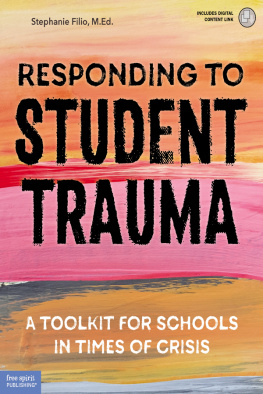
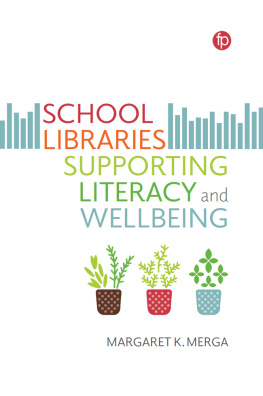
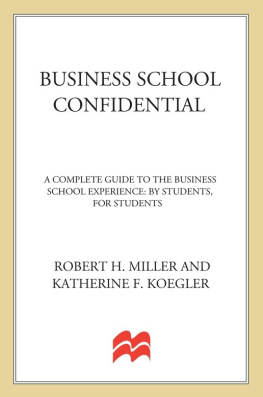

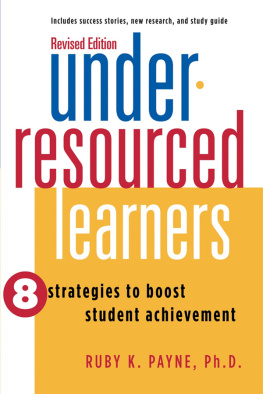
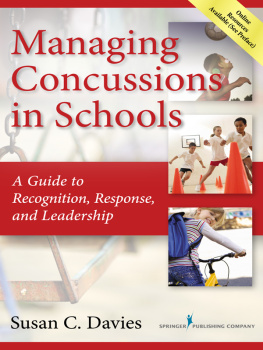
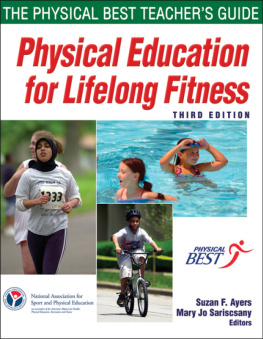


 The paper used in this publication meets the minimum requirements of American National Standard for Information SciencesPermanence of Paper for Printed Library Materials, ANSI/NISO Z39.48-1992.
The paper used in this publication meets the minimum requirements of American National Standard for Information SciencesPermanence of Paper for Printed Library Materials, ANSI/NISO Z39.48-1992. name of organization (usually Associated Students of Name of School),
name of organization (usually Associated Students of Name of School),